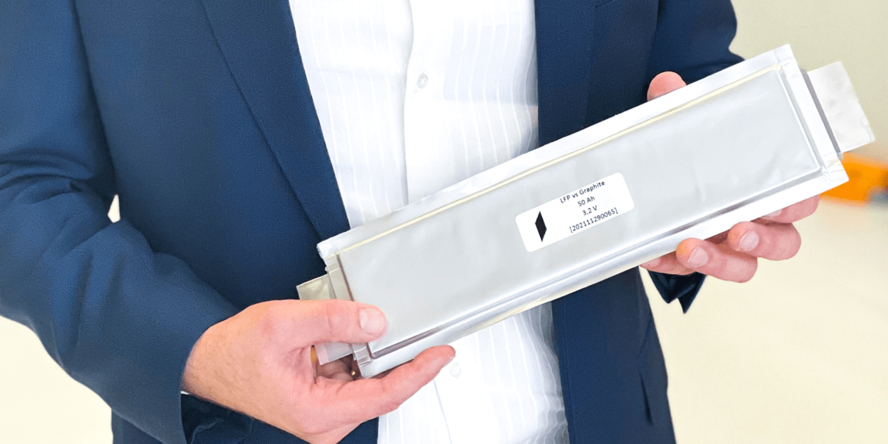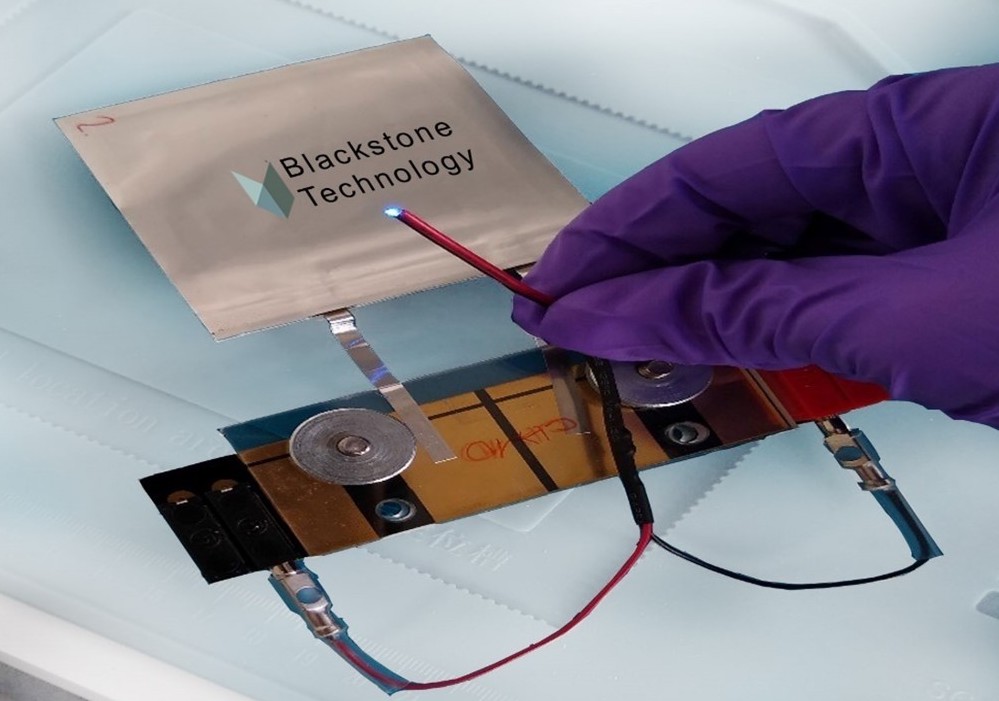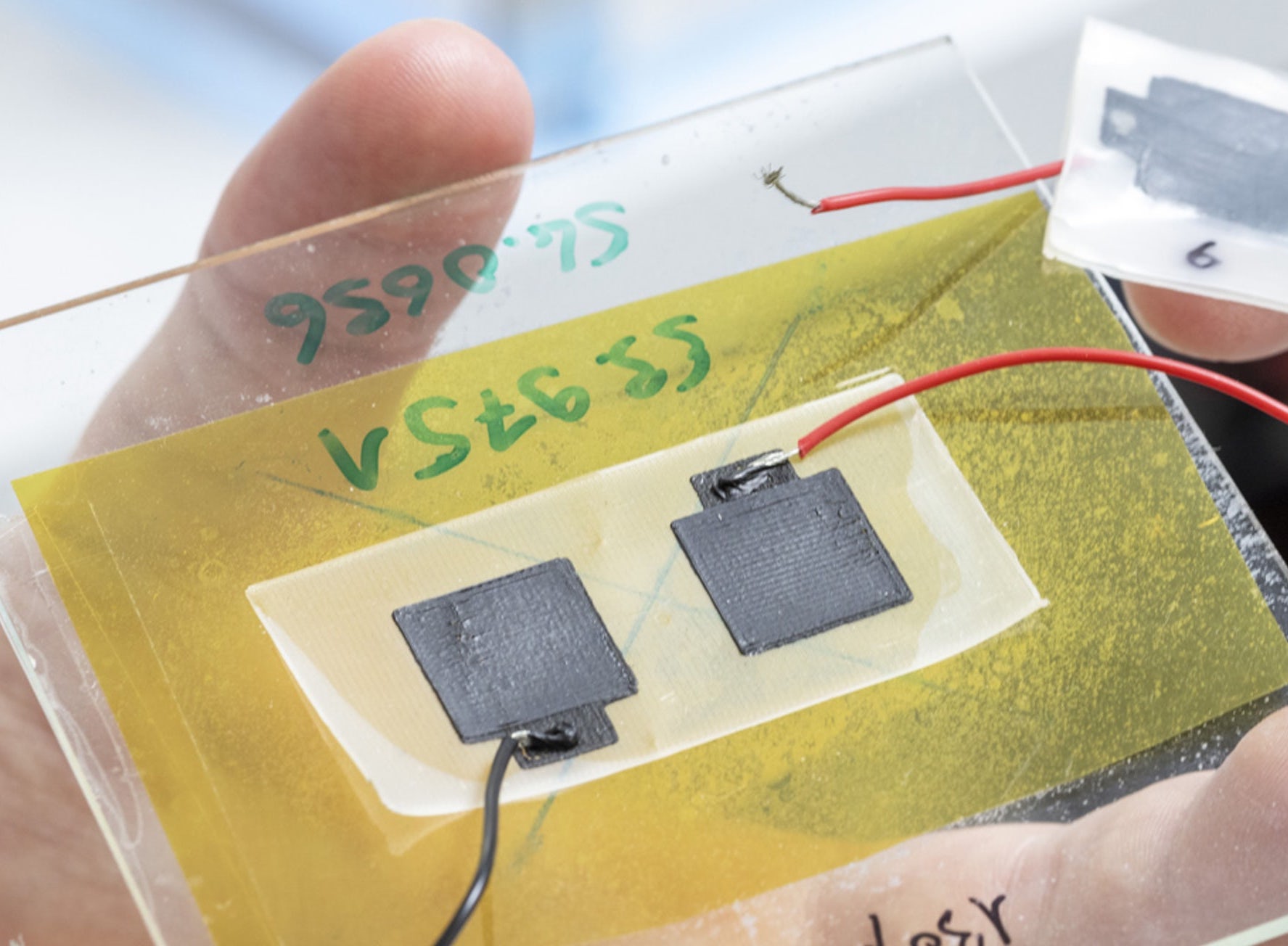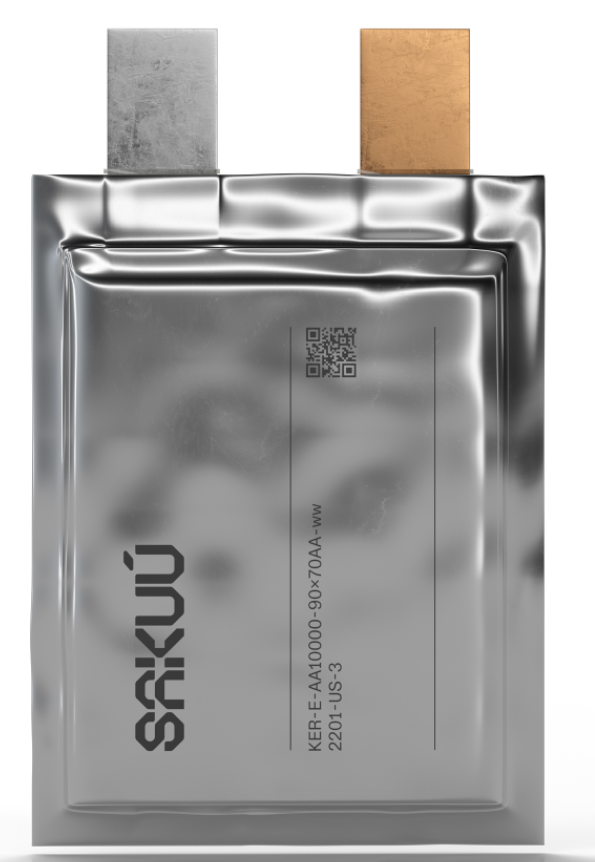Introduction: More and more companies are3D printingResearch on energy storage equipment, but this field is still in its infancy, and more professionals are needed.So, currently3D printingWhat are the new directions and new goals of energy storage equipment? Let’s follow the Antarctic bear below!
Switzerland focused on battery technology in March 2022
Invest
Company Blackstone Resources has announced that it expects to commercialize 3D printed sodium-ion batteries as early as 2025.

△ Blackstone Technology 3D printed lithium-ion battery.
Blackstone
Blackstone will invest 32 million euros in a pilot plant in Döbeln, Germany. Blackstone Resources’ R&D subsidiary Blackstone Technology collaborates with relevant academic researchers and industrial partners who will provide expertise in their respective fields.These partners include
Zeiss
The Group’s microscope and industrial metrology divisions, etc. (
zeiss
Group’s Microscopy and Industrial Metrologyarms). In addition, the Institute of Particle Technology at the Technical University of Braunschweig and the three Fraunhofer Institutes – IFAM, IKTS and IST – will provide Blackstone with process validation, process development , recycling and safety assistance.

△Blackstone’s manufacturing plant in Döbeln, Germany.
sodium ion technology
Modern liquid electrolyte battery production lines are very single, and companies can only produce one type of battery at a time. The manufacturing process is energy-intensive and expensive, and requires the use of solvents that are harmful to the environment and humans as raw materials for the electrodes. In order to solve the above problems, Blackstone has proposed a method of fabricating batteries layer by layer using a 3D printing method, aiming to make the battery manufacturing process more flexible, cost-effective and able to produce more types of batteries while using environmentally friendly materials. Due to the inherent flexibility of 3D printing, Blackstone can customize the size and shape of the battery according to customer requirements.
Blackstone had previously focused primarily on 3D printing lithium-ion batteries, and now they have turned to sodium-ion technology, which has several advantages:
●Easy access to raw materials
●Eco-friendly manufacturing process
● more economical manufacturing process
● Higher energy density compared to conventionally manufactured batteries
●Battery safety is higher
The CEO of Blackstone Technology said: “Na-ion technology represents our already leading position in the market for next-generation 3D printed batteries, and we are delighted to once again provide a clean
energy
and a carbon neutral future
transportation
Make innovations and contributions. “
Commercialization as early as 2025
If all goes according to plan, Blackstone will be in electric vehicles by the end of 2025
bus
test its 3D printed sodium-ion battery. Their goal is to mass-produce sodium-ion batteries, enabling flexible and high-speed fabrication of 3D-printed solid-state batteries.
Gritzka added: “We can translate our current extensive experience in printing lithium-ion batteries into the production of sodium-ion batteries, laying the foundation for the mass production of solid-state sodium-ion batteries in 2025.” To achieve this goal, Blackstone has In expanding the processing scale of sodium-based solid electrolytes.This work was carried out by the German Federal Ministry of Economic Affairs and Climate Protection
funding
. If the grant is approved, Blackstone expects to receive a total of up to 24.1 million euros from the ministry.

△ 3D printed 5×5 square centimeter soft pack battery with light-emitting LED.
3D printing of energy storage devices
3D printing of energy storage devices is still a niche area, with much of the work at an early stage.
In 2021, researchers at the Swiss Federal Laboratory for Materials Science and Technology (EMPA) used 3D printing to create a new sustainable supercapacitor. This full 3D print consists of a flexible cellulose and glycerol substrate, patterned with conductive carbon and graphite inks, capable of withstanding thousands of charging cycles while maintaining its capacity.

△EMPA’s 3D printed supercapacitor
In March 2022, 3D printed energy storage device specialist Sakuu Corporation (formerly KeraCel) reached a new milestone in the development of its lithium metal batteries, reaching a benchmark energy density of 800 Wh/L. According to the company, this achievement is an important step towards achieving fully 3D printed solid-state batteries of over 1,200 Wh/L by 2023.

△ Sakuu’s SSB soft pack battery. Image via Sakuu Corporation.
(responsible editor: admin)


0 Comments for “BLACKSTONE Announces 3D Printed Sodium-Ion Batteries for Buses in 2025!”